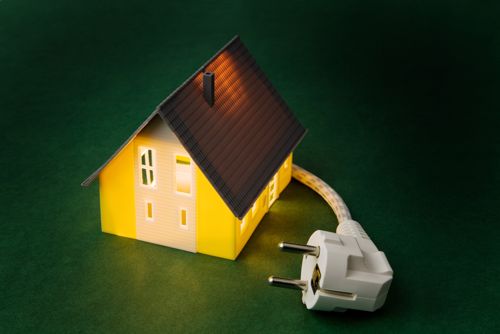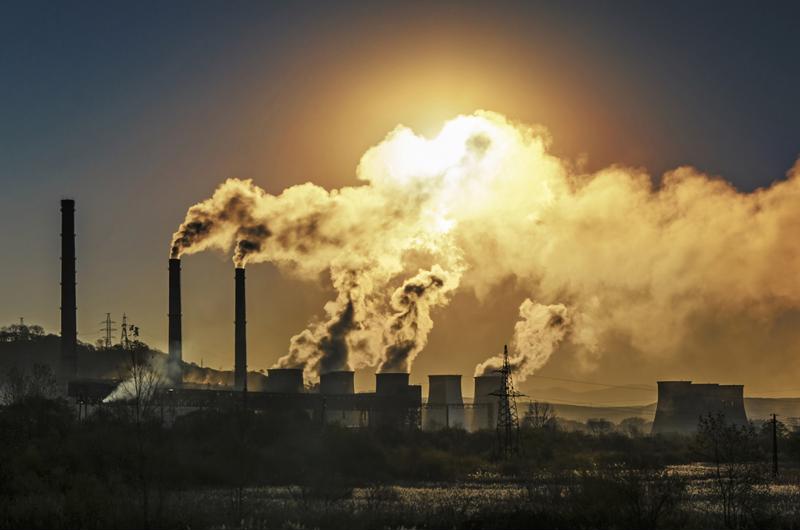
How the IoT is improving the energy sector
By Perle SystemsFebruary 3, 2023
Given the two crises we're facing right now — one in global energy supplies, the other concerning the climate — it's easy to despair at how we source, use and distribute gas and electricity. However, there's a lot to celebrate, too. The Internet of Things holds incredible potential for energy resources, suppliers and the consumers who depend on them. In fact, the IoT is predicted to reach almost $300 billion in market value within this sector by 2026 at 10% compound annual growth. That's a direct result of the innovation reshaping energy networks across the world, leveraging more data for management and delivery.
This is a snapshot of the IoT's role in the power and resources we can't lose en route to a more stable climate and economy.
Better customer support
Smart meters tell energy companies how much electricity or gas someone is using. Yet equally, they can identify which appliances are leaving the biggest footprint. Energy bill breakdowns can go into far more detail with IoT data, helping customers handle their consumption more affordably.
Large energy clients, on the other hand, can set automated thermostats and ventilation sensors to track and limit energy use every day, keeping workers warm or cool without spending too much. More energy providers are realizing that a constant eye on who's using what when (and how) is good for everyone.
Redistributed energy
Have you heard of microgrids? They're the alternative to huge, catch-all energy networks for towns and cities. As Revolutionized explains, microgrids run on "an AI system that can use both real-time and historical data to determine the best distribution." That means they tweak supply automatically based on what particular users need at any time.
Microgrids can be composed of traditional and renewable energy sources. Even better — they're ripe for a redistribution model. If a customer provides more solar output than they're consuming, for example, they can sell that power back to the grid operator. More people get what they need while top producers pay a lower bill. Energy then becomes crowdsourced, incentivising renewable contributions. IoT devices monitor every inch of the grid, making the whole system feasible.

Lower C02 emissions
Supply chains are often knotty and more complex than they may appear, relying on various technologies. It can be very difficult to assess which of those processes are using more or less carbon, and how they might be replaced or refined with renewables. IoT sensors, however, can watch for precise carbon outputs on any scale. Again, it's about real-time consumption and using this as groundwork for any improvements — an especially hot topic with the increasing demand for Environmental, Social and Governance (ESG) disclosure.
The Internet of Things gathers many different sources of carbon data, too, such as emissions from fleets, manufacturing, farming, waste collection, design, prototyping and distribution channels. Data capture may consider a lifecycle approach that factors in the influence on human health and natural resources or take simpler forms of carbon aggregation. Either way, IoT technology reveals which businesses are burning too many fossil fuels. With that insight, they can focus on adjusting the right chinks in the chain and improving their green credentials.



